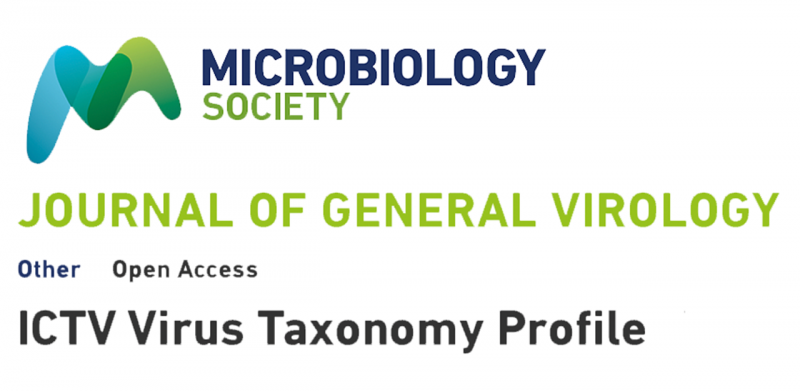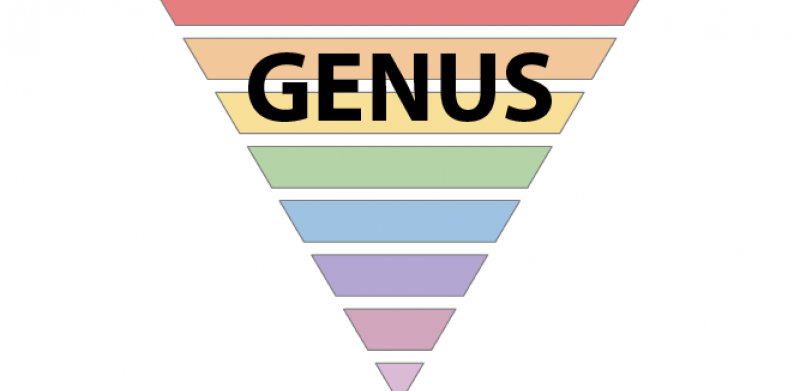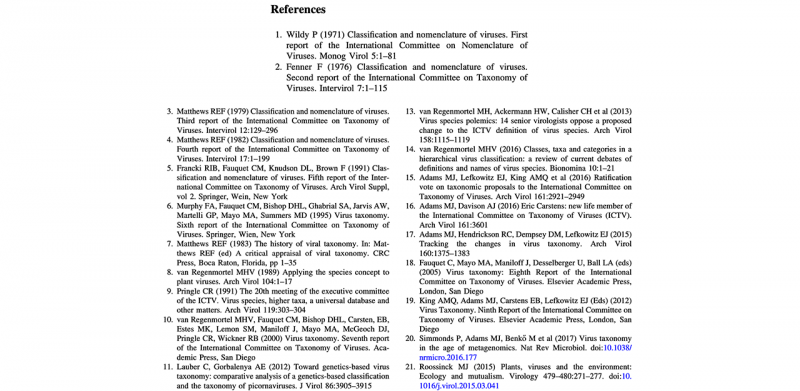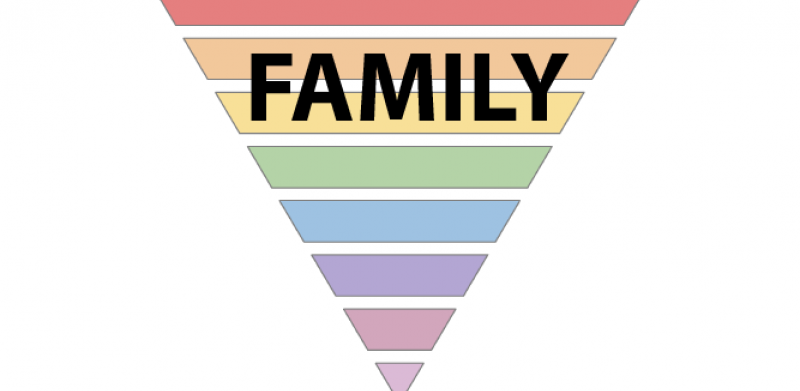Citation: Hepeviridae
Citation: Hepeviridae
A summary of this ICTV Report chapter has been published as an ICTV Virus Taxonomy Profile article in the Journal of General Virology, and should be cited when referencing this online chapter as follows:
Purdy et al, (2022) ICTV Virus Taxonomy Profile: Hepeviridae 2022 Journal of General Virology (2022) 103:001778





